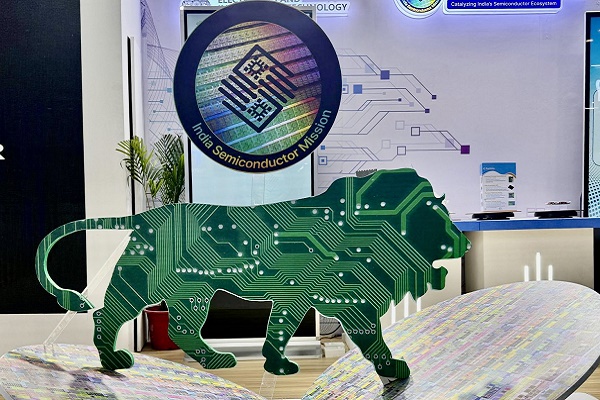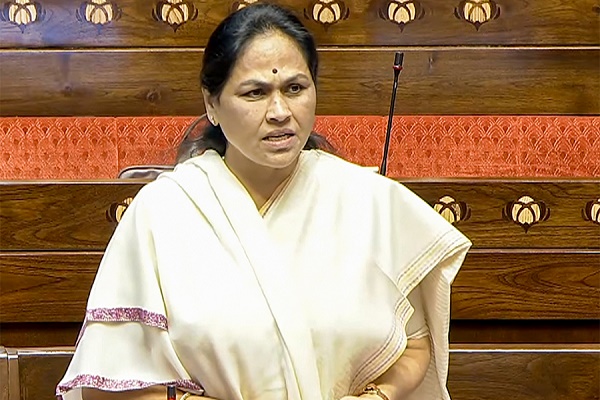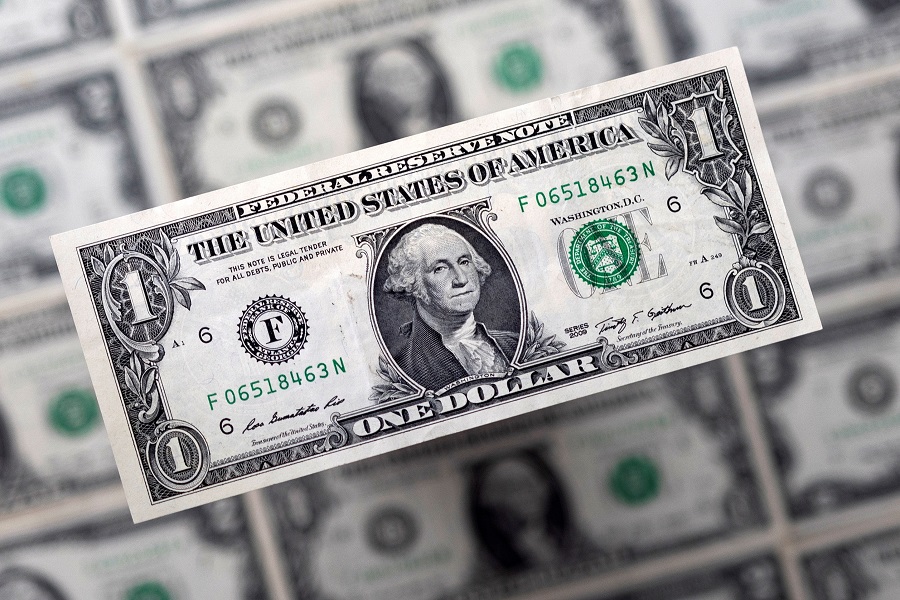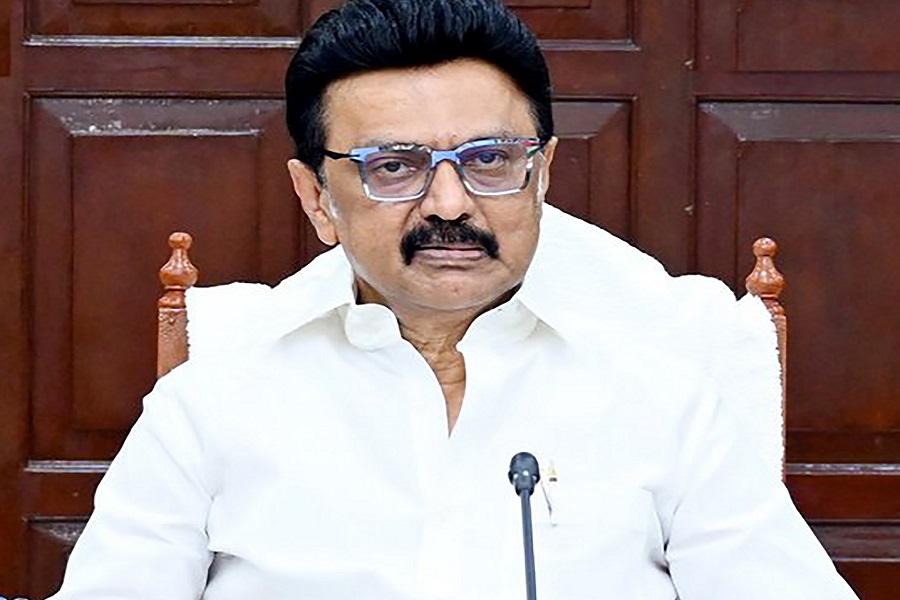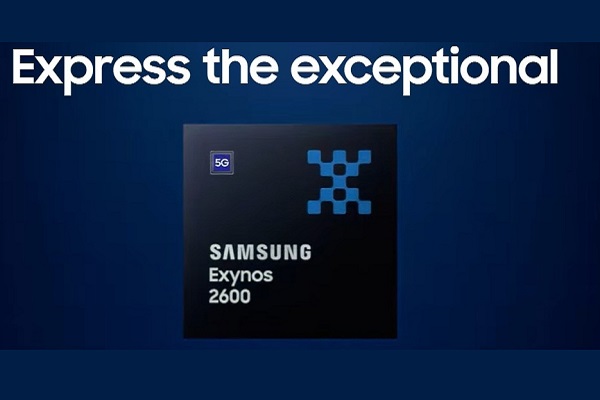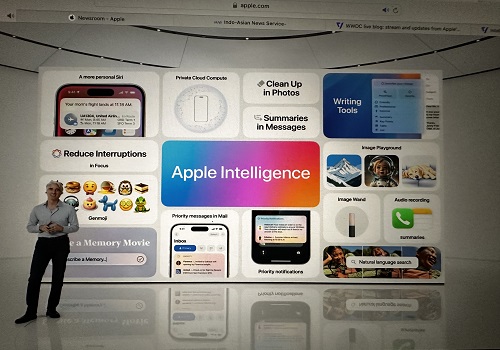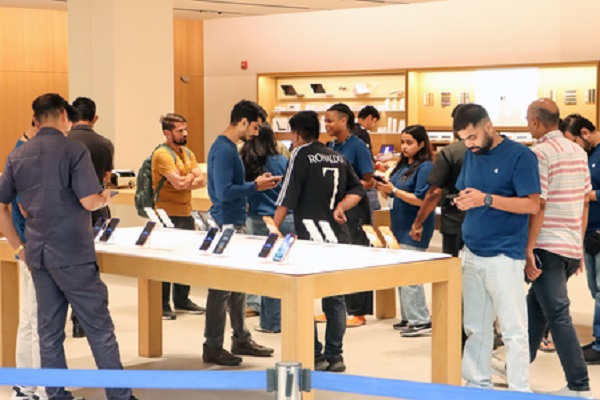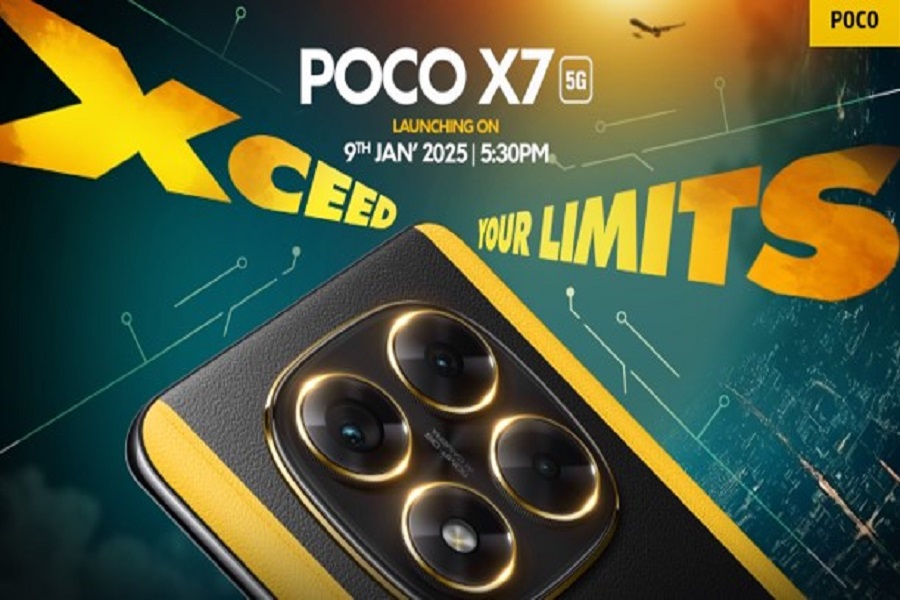Future Technology: Transparent Conceptual Glass Smartphones
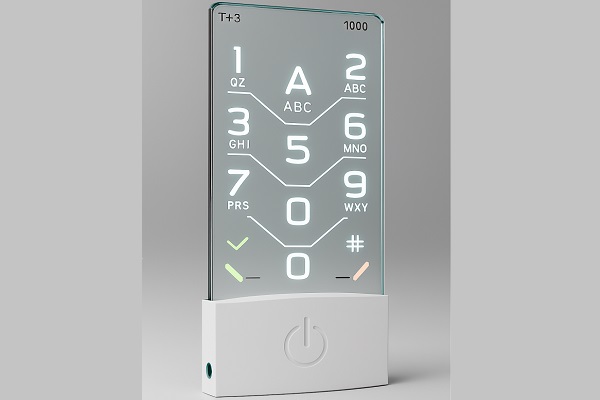
The idea of a transparent conceptual glass smartphone represents one of the most striking visions of future technology. Unlike today’s devices, which rely on opaque casings and visible hardware, these futuristic gadgets imagine a world where communication tools are almost invisible—sleek sheets of glass that merge seamlessly into our environment.
Design Philosophy
Minimalist transparency: The smartphone body is envisioned as a single pane of reinforced glass, eliminating bezels, buttons, and visible circuitry.
Floating interface: Numbers, icons, and apps appear to hover in mid?air, glowing softly against the clear background.
Adaptive aesthetics: The device can blend into any setting—whether a corporate boardroom, a fashion runway, or a casual café—without disrupting the visual environment.
Technological Innovations
Next?gen display materials: Advances in OLED, micro?LED, and graphene could make fully transparent screens practical, with high brightness and energy efficiency.
Embedded sensors: Fingerprint recognition, gesture controls, and even biometric scanning can be hidden beneath the glass surface.
Smart bases and wireless charging: Instead of bulky batteries, the device may dock into a slim base that powers and syncs it wirelessly.
Augmented reality integration: Transparent smartphones could project holographic visuals, turning everyday communication into immersive experiences.
Challenges and Considerations
Durability: Transparent glass must resist scratches, drops, and daily wear without compromising clarity.
Privacy: A see?through screen raises questions about visibility in public spaces—how do you keep sensitive information hidden?
Cost and accessibility: Cutting?edge materials and manufacturing processes may initially make these devices premium products, accessible only to niche markets.
Cultural Impact
Transparent smartphones symbolize the shift toward invisible technology—tools that serve us without dominating our visual environment. For industries like fashion, lifestyle, and entertainment, such devices could become both functional and aesthetic accessories. In India, where digital publishing and tech adoption are accelerating, such futuristic gadgets could redefine how audiences perceive modernity and innovation.
Conclusion
The transparent conceptual glass smartphone is more than a gadget—it’s a statement about the future of human?technology interaction. It embodies the dream of devices that are powerful yet unobtrusive, futuristic yet practical. While challenges remain, the vision of holding a pane of glass that connects you to the world is a powerful reminder of how far technology can evolve.




